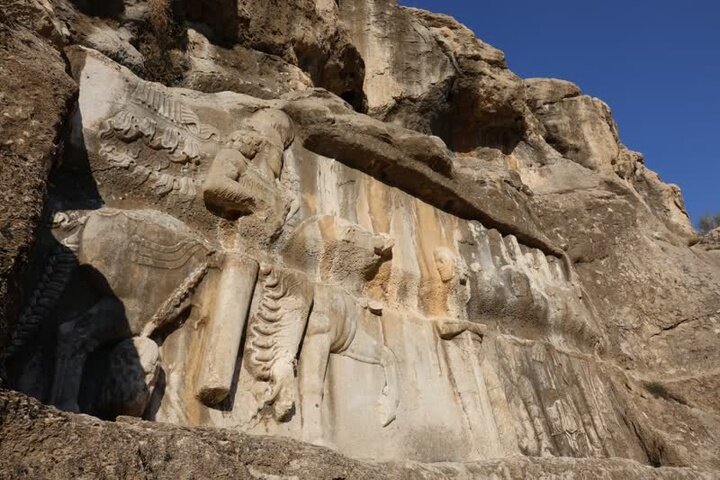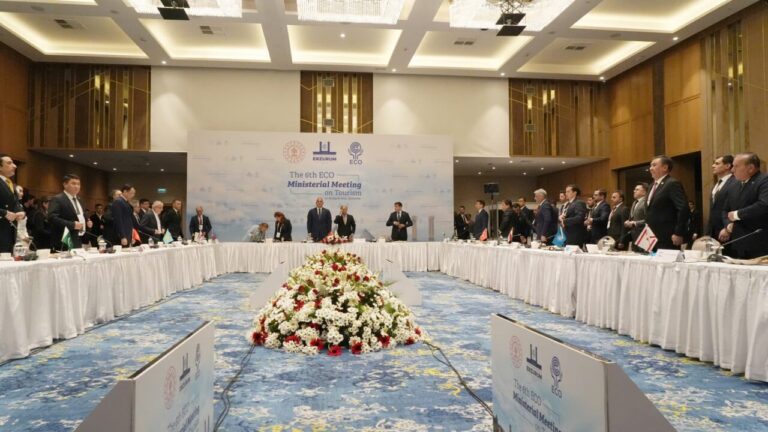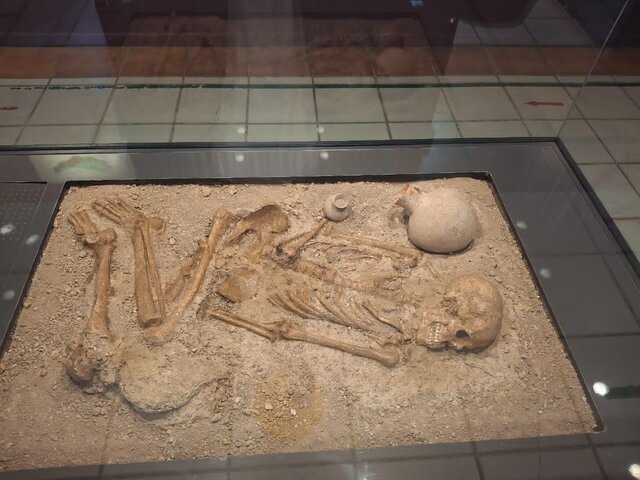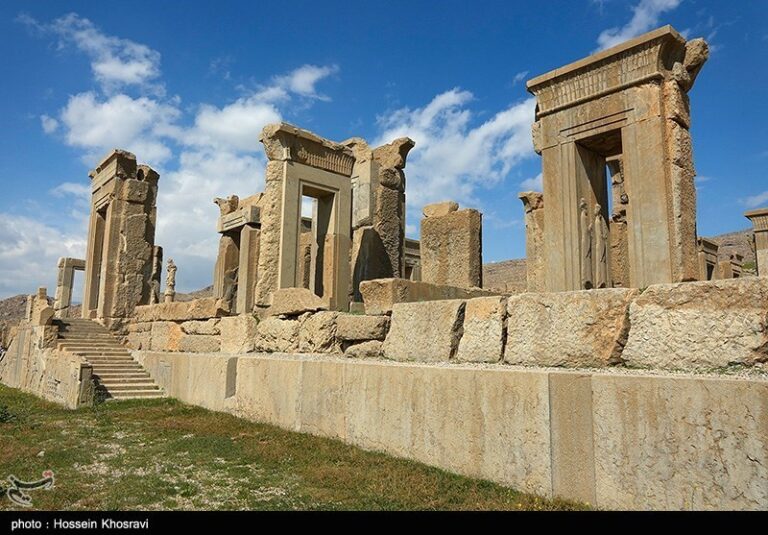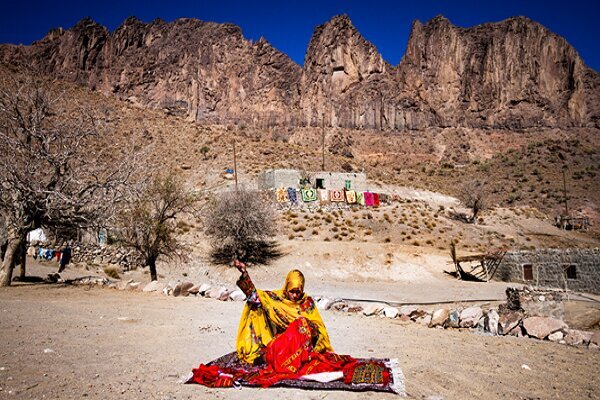Reviving History: Restoration Efforts Resume at Apadana Palace and Artaxerxes III Tomb in Persepolis
Restoration efforts have officially resumed at several key heritage sites within Persepolis, a renowned UNESCO World Heritage site located in southern Iran. This comes after a temporary pause during the Nowruz holidays, a significant time for celebration and tourism in the region. Among the major restoration projects are the Apadana Palace, the rock-carved tomb of Artaxerxes III, and the southern inscription of the Terrace (Takhtgah), all of which are invaluable legacies of the ancient Achaemenid Empire, which thrived from approximately 550 to 330 BC.
According to Shahram Rahbar, the head of the Conservation and Restoration Department at Persepolis, the restoration workshops, which had been semi-active due to the influx of Nowruz visitors from March 15 to April 4, are now fully operational. This update marks a significant step forward in preserving the historical integrity of this monumental site.
- Southern Inscription of the Terrace: Rahbar emphasized that this inscription, attributed to Darius the Great, is one of the most significant and technically challenging restoration projects currently underway. It represents one of the earliest examples of Achaemenid royal texts, holding immense historical value.
- Technical Reviews: The complexity of the inscription has necessitated multiple technical reviews by experts in conservation, archaeology, and structural engineering. A collaborative team has been formed to develop a consensus-driven plan for the restoration of this critical site.
Furthermore, work has also resumed on Column Base B2 in the northern portico of the Apadana Palace, one of the earliest and most important structures within the Persepolis complex. Originally constructed by Darius I the Great (r. 522–486 BC), the Apadana served as the main audience hall where the king received tributes from across the vast Achaemenid Empire. This palace is particularly notable for its intricate reliefs, especially those adorning the eastern and northern staircases. These reliefs depict representatives from various nations bringing gifts to the king, serving as powerful imagery that reinforces the unity and diversity of the empire.
The rock-carved tomb of Artaxerxes III (r. 359/58–338 BC) is another essential component of the Persepolis architectural ensemble. Previously reported to suffer from water damage, this tomb reflects the enduring grandeur and funerary traditions of ancient Persian kingship. The renewed focus on this monument comes in response to concerns raised by cultural heritage advocates regarding its preservation.
“Despite disagreements among technical teams in the past, the current collaborative approach has yielded promising results,” Rahbar stated, expressing optimism about the ongoing restoration efforts.
Persepolis, once the ceremonial capital of the Achaemenid Empire, continues to stand as a symbol of Iran’s ancient grandeur. The continuation of these restoration projects following Nowruz demonstrates Iran’s commitment to preserving its world-renowned cultural heritage for future generations.
Also known as Takht-e Jamshid, Persepolis ranks among archaeological sites with no equivalent, given its unique blend of architecture, urban planning, construction technology, and art. The site features majestic approaches, monumental stairways, throne and reception rooms, and dependencies, which collectively make up a 13-hectare ensemble recognized as one of the world’s greatest archaeological sites.
Historical narratives indicate that Persepolis was set ablaze by Alexander the Great in 330 BC, seemingly as an act of revenge against the Persians. This retaliation is often attributed to the Persian King Xerxes, who had previously ordered the burning of the Greek city of Athens approximately 150 years earlier.
As restoration efforts continue, the world watches closely, hoping that the rich history encapsulated within Persepolis will be preserved for generations to come. The ongoing work not only highlights the importance of cultural heritage but also serves as a reminder of the intricate stories woven into the fabric of human history.

